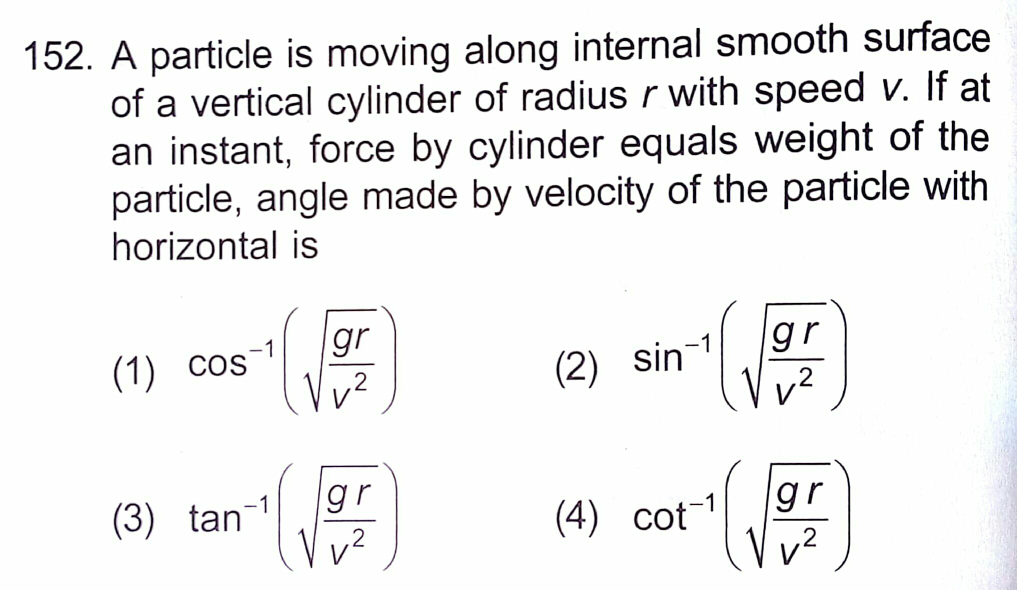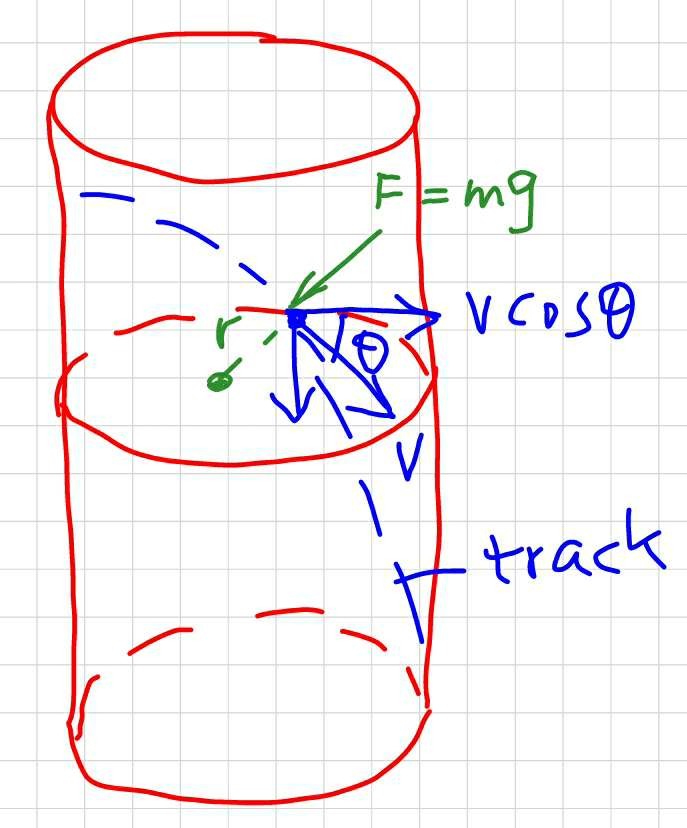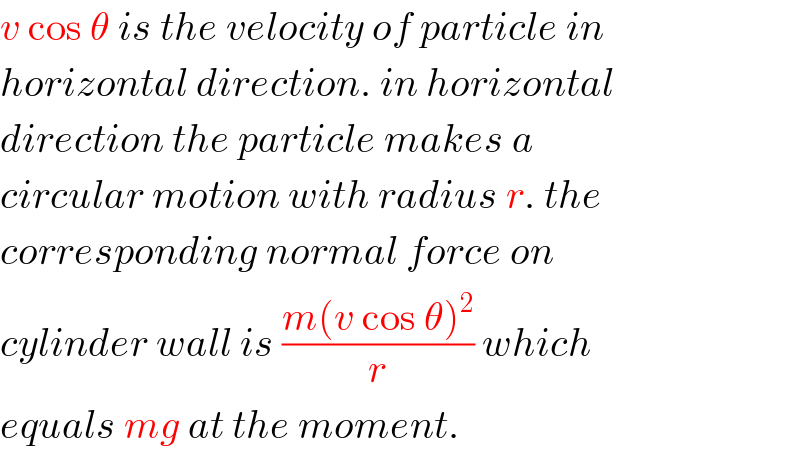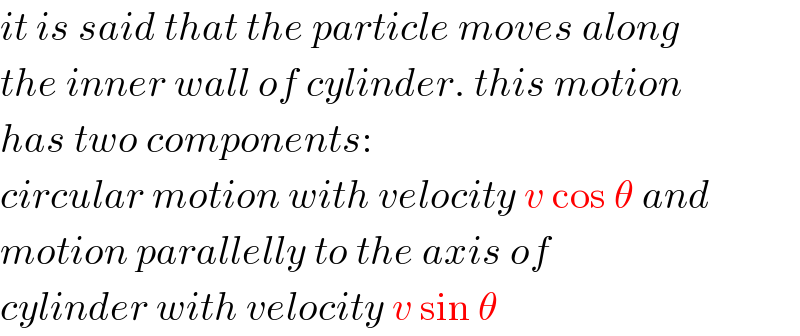
Question and Answers Forum
Question Number 31894 by Tinkutara last updated on 16/Mar/18

Commented by Tinkutara last updated on 16/Mar/18
Can you explain with diagrams please? I can't understand in which direction forces are balanced.
Commented by mrW2 last updated on 16/Mar/18

Commented by mrW2 last updated on 16/Mar/18

Commented by mrW2 last updated on 16/Mar/18

Commented by Tinkutara last updated on 16/Mar/18

Commented by mrW2 last updated on 16/Mar/18

Commented by Tinkutara last updated on 16/Mar/18
But why the particle makes a circular turn in the direction of horizontal component of velocity?
Commented by mrW2 last updated on 16/Mar/18

Commented by Tinkutara last updated on 17/Mar/18
Thank you very much Sir! I got the answer. ��������
